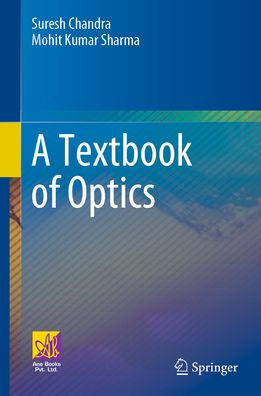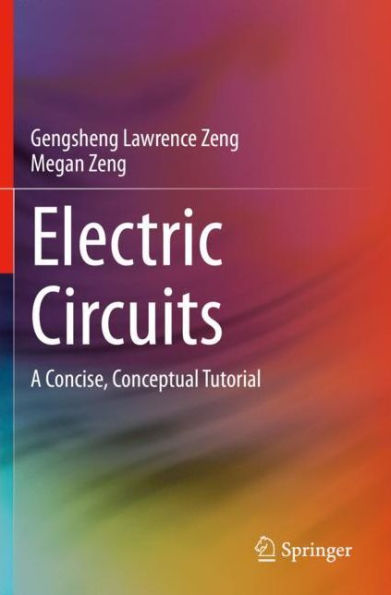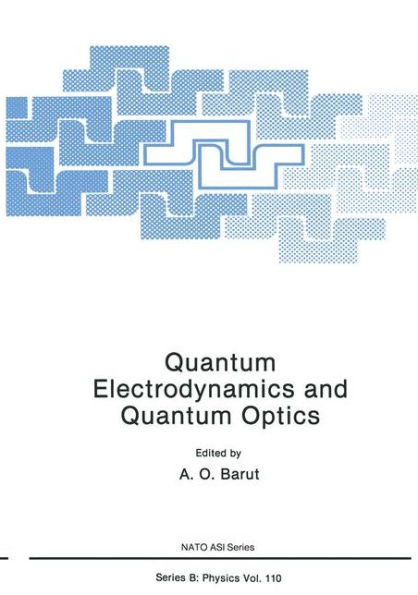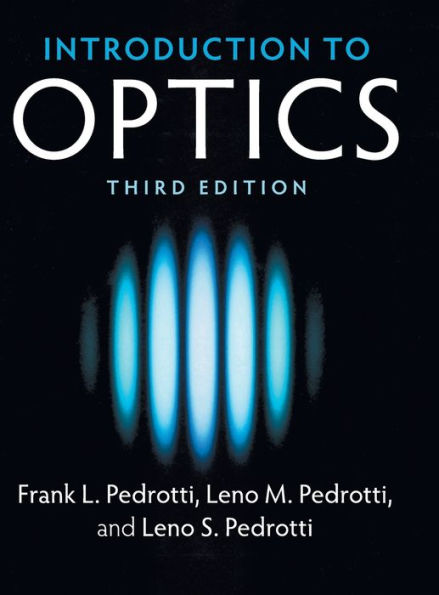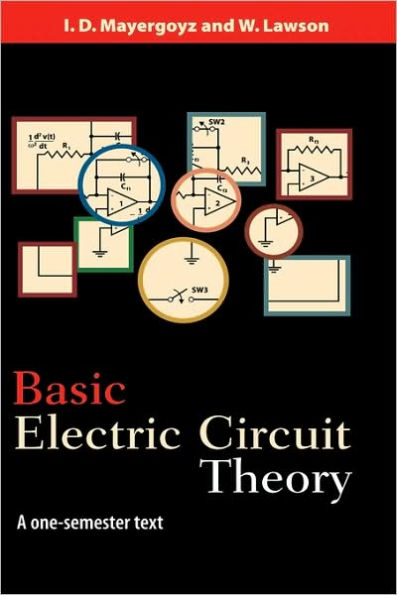Home
From Electrostatics to Optics: A Concise Electrodynamics Course
Barnes and Noble
From Electrostatics to Optics: A Concise Electrodynamics Course
Current price: $54.99
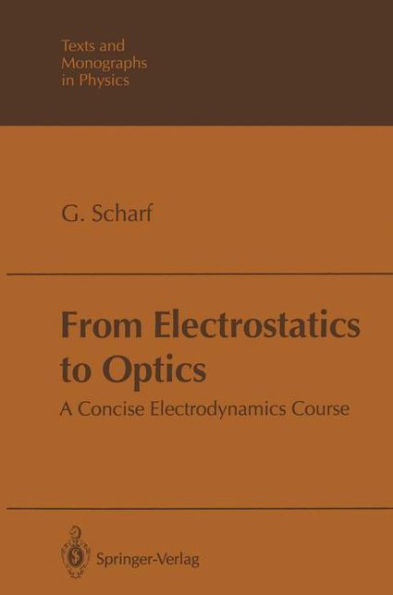

Barnes and Noble
From Electrostatics to Optics: A Concise Electrodynamics Course
Current price: $54.99
Size: OS
Loading Inventory...
*Product information may vary - to confirm product availability, pricing, shipping and return information please contact Barnes and Noble
We live in the electronic age. Millions of people stare at television sets; computers penetrate our working life; and the heartbeat of many older people is regulated by a pace-maker. Even music is becoming electric. The good old mechanical Swiss watch has meanwhile been replaced by an electronic watch made in Hong Kong, which is ten times as accurate and costs a tenth of the price. (The cheap Swiss watches are today also electric and the parts are probably made in Hong Kong. ) In physics, the retirement of mechanics as the basis of science already took place in the 19th century, when it was found that light and electromag netism must be described by a field theory and not by a mechanical theory. That was a radically new idea: The basic objects in Newton's mechanics are point particles with coordinates qi(t) and momenta Pi(t) depending on time. If the index i runs from 1 to f, the system has finitely many (f or 2f) degrees of freedom. The basic quantities of field theory, on the otl1. er hand, are a few vector fields E(t,x), B(t,x), v(t,x) which depend on ti~e and space. The velocity field v( t, x) is fundamental in continuum mechan ics, which is certainly a field theory like electrodynamics, not a mechanical 3 particle theory. Since at every place x in lR. the fields at a given time are free to take on values, the system has infinitely many degrees of freedom.
